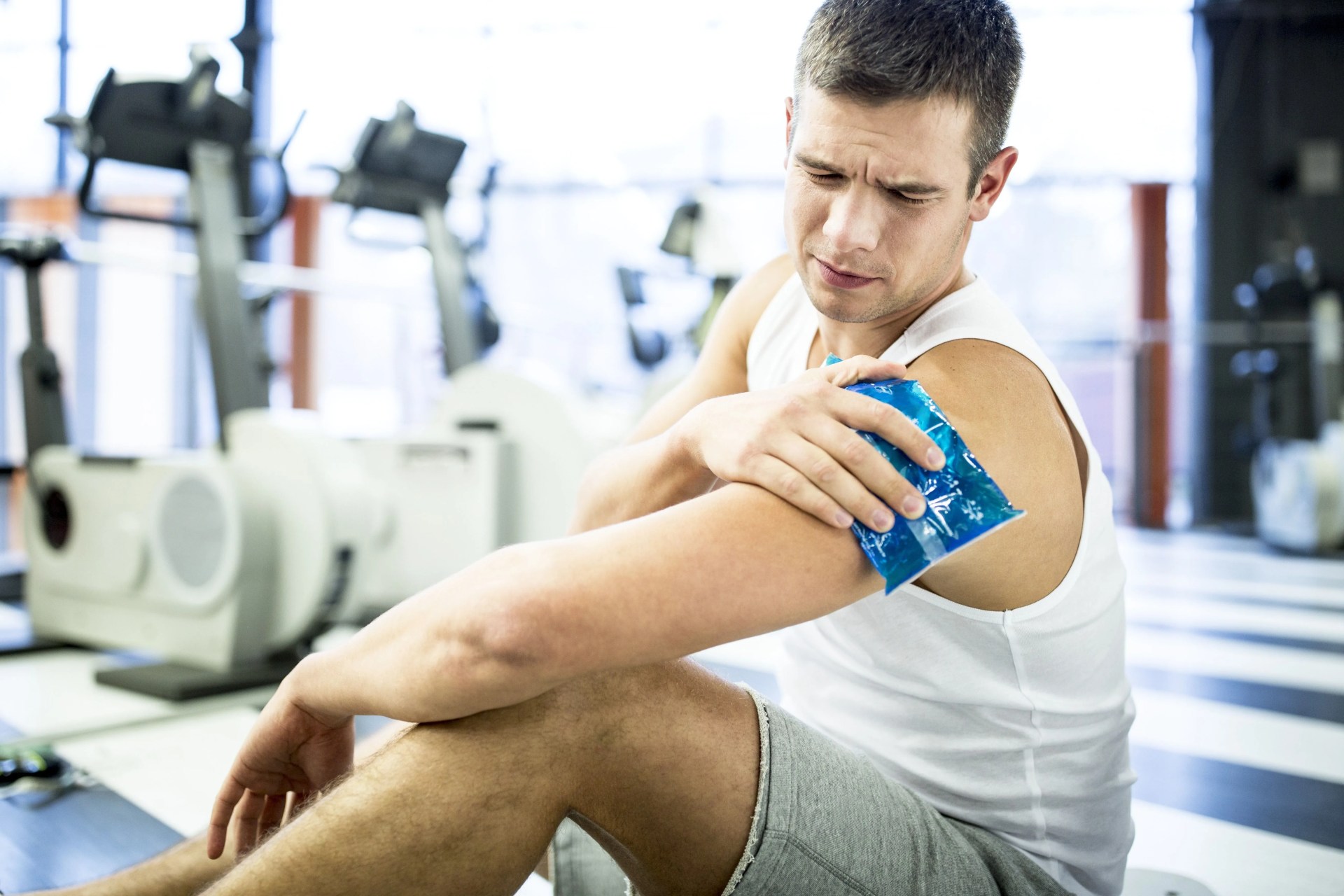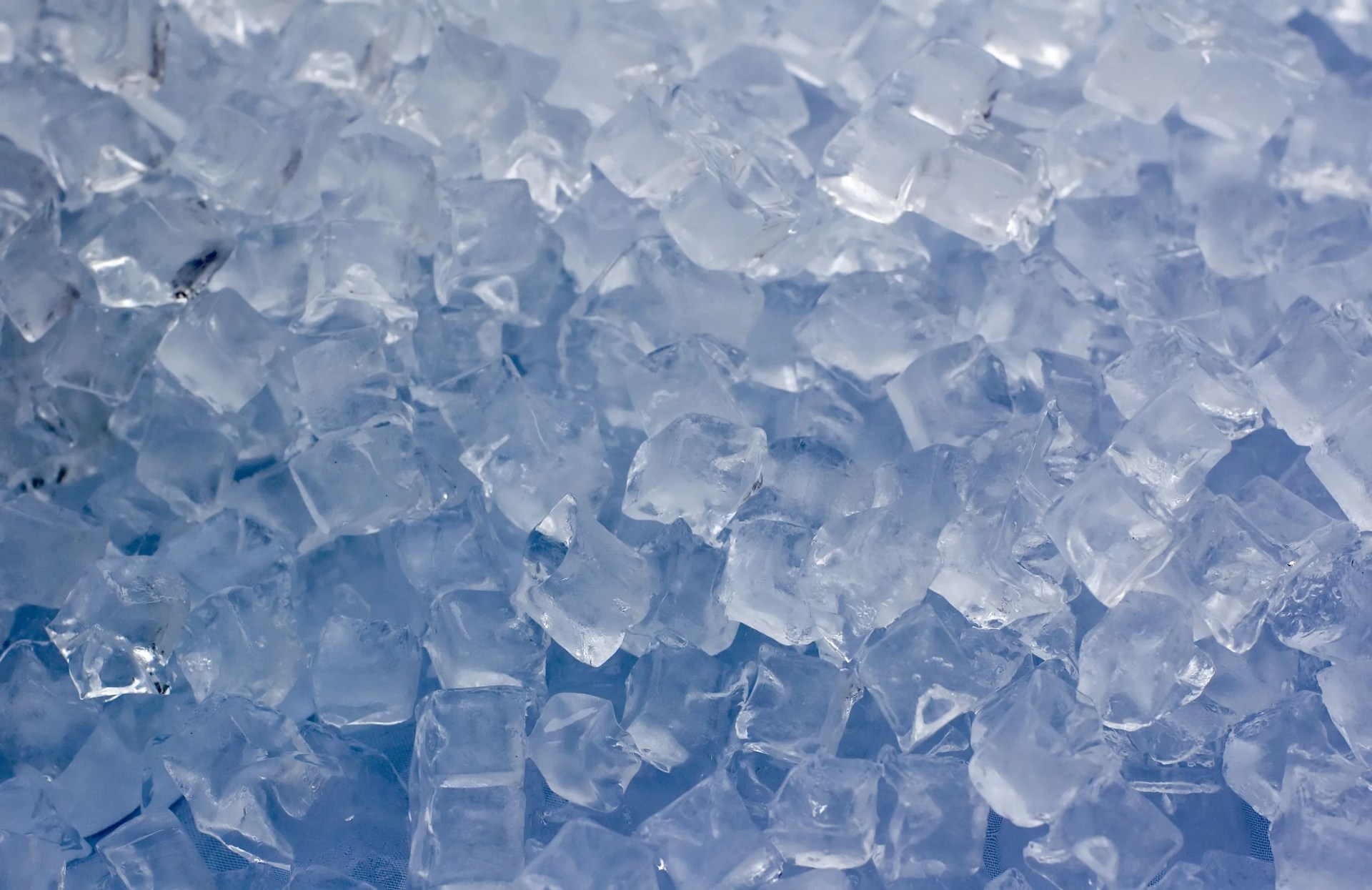We all know that ice can be a go-to treatment for any acute injury or ache. Take one look in an emergency medical kit, or walk into any well-respected training facility, and you’re sure to find an ice bag or machine ready for relief and recovery. You’ve probably even utilized ice in some at-home treatments, too — remember the RICE method from high school gym class?
But does ice have more uses than stopping the swelling on a rolled ankle? After all, you see your favorite professional athletes jumping into ice baths post-training or post-game, so could those perceived benefits be reaped by the average Joe? The short answer is that ice can serve a post-workout purpose, but only if your workouts are truly intense.
We spoke with Gaetano Sanchioli, athletic trainer at UPMC Sports Medicine, to see if ice could be just as effective at treating your post-workout aches and pains as it is at reducing your acute injuries. But first, it helps to understand just how ice affects the body, and when the treatment should be applied.
What does icING do TO THE BODY?
Whenever you injure yourself — sprain an ankle, hyperextend a muscle or ligament, etc. — your body kicks into what’s known as an inflammatory response. This is your body telling itself that something in the system is compromised, and attention is needed. Blood flow increases to the injured area to begin the healing process, which is showcased by the symptoms of heat (blood rushing to the area), redness (blood entering the area) and swelling (blood congregating in the area). The pain you feel in these acute, musculoskeletal injuries is the blood accumulating under the muscle’s inelastic membrane, thus increasing pressure in the area.
Ice slows bloodflow to reduce pain and swelling.
To help reduce this swelling and pain, ice can be placed on the affected area, utilizing its vasoconstrictive qualities to help slow the blood flow and provide some relief. Sanchioli says that ice can be great for managing pain and inflammation, “You just don’t need to go hog wild.” This is because ice’s treatment benefits — like a cold drink sitting outside in the sun — have a melting point.
 Science Photo Library
Science Photo Library
